Home>Garden Essentials>Who Introduced The Crop Rotation Method That Helped Soil Recover After Growing Food Crops?
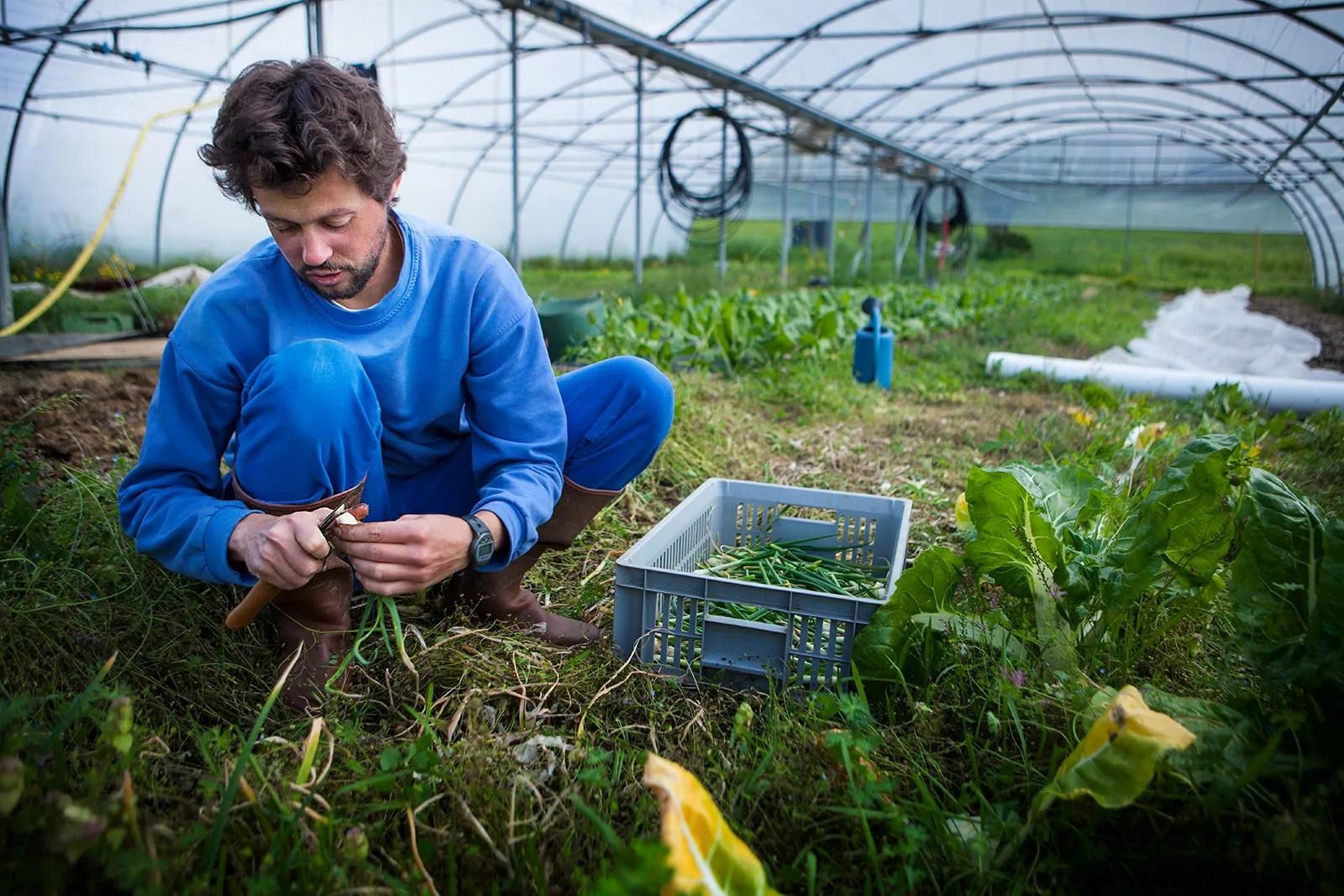

Garden Essentials
Who Introduced The Crop Rotation Method That Helped Soil Recover After Growing Food Crops?
Modified: March 16, 2024
Learn how garden expert introduced the crop rotation method to help soil recover after growing food crops.
(Many of the links in this article redirect to a specific reviewed product. Your purchase of these products through affiliate links helps to generate commission for Storables.com, at no extra cost. Learn more)
Introduction:
Crop rotation is an agricultural technique that involves the systematic alternation of different crops in a specific sequence on a piece of land over a defined period of time. This method is employed to enhance soil fertility, reduce soil erosion, control pests and diseases, and promote sustainable farming practices. The concept of crop rotation has been practiced for centuries and has played a crucial role in the development of modern agriculture.
Throughout history, the cultivation of crops has often led to soil degradation due to the continuous planting of the same crops without replenishing nutrients. As a result, the productivity of the land declined, leading to lower crop yields and increased vulnerability to pests and diseases. Recognizing the need for regenerating the soil and maintaining its health, ancient civilizations experimented with various methods to restore soil fertility.
It was during the 18th century that a breakthrough occurred in the field of agriculture with the introduction of a crop rotation method that helped soil recover after growing food crops. This technique revolutionized farming practices and had a profound impact on the agricultural industry.
In this article, we will explore the historical context, the discovery of the crop rotation method, and the key figure behind its introduction. We will also delve into the benefits and process of crop rotation, as well as its spread and adoption on a global scale.
Join us as we journey through the origins of this innovative farming technique and discover how it has transformed the way we cultivate and sustain our crops.
Key Takeaways:
- Crop rotation, introduced by Charles Townshend, helps soil recover and improves crop yield by alternating different crops, preventing soil degradation, and reducing the need for chemical fertilizers.
- The historical context of soil degradation led to the discovery of crop rotation, revolutionizing agriculture and promoting sustainable farming practices worldwide.
Read more: How Does Crop Rotation Help Preserve Soil?
Definition of Crop Rotation:
Crop rotation is a sustainable agricultural practice that involves the systematic rotation of different crops in a specific order on a piece of land over a defined period of time. The main objective of crop rotation is to improve soil health, increase crop yield, and reduce the occurrence of pests and diseases.
Typically, the rotation involves alternating crops from different plant families, as each crop has unique nutrient needs and interacts differently with the soil. By diversifying the types of crops grown in a particular area, the land is able to recover and replenish essential nutrients.
There are several key principles that guide crop rotation:
- Diversification: Crop rotation promotes the planting of different crops with varying nutrient requirements and life cycles. This diversification breaks the cycle of pest and disease buildup, as it disrupts their life cycles and reduces their ability to establish a permanent presence.
- Beneficial nitrogen fixation: Some crops, known as nitrogen-fixing crops, have the ability to convert atmospheric nitrogen into a form that is usable by plants. These crops, such as legumes, can be incorporated into the rotation to naturally increase soil fertility by adding nitrogen back into the soil.
- Soil structure improvement: Different crops have different root structures, some with deep taproots and others with more fibrous, shallow roots. By alternating crops with different root structures, the soil’s structure improves over time. Deep-rooted crops help break up compacted soil and improve drainage, while shallow-rooted crops help prevent soil erosion.
- Pest and disease control: Crop rotation disrupts the life cycles of pests and diseases by denying them a stable environment and food source. By alternating crops, farmers can reduce the risk of pest and disease build-up, as different crops attract different pests and diseases.
- Fertility management: Crop rotation helps maximize the use of nutrients in the soil. By planting crops with varying nutrient requirements in different seasons, the soil gets a chance to naturally replenish its nutrient levels, reducing the need for synthetic fertilizers.
Overall, crop rotation is a dynamic and flexible farming technique that provides numerous benefits to both the soil and the crops. Its implementation helps maintain the long-term sustainability of the land, enhances crop yield, reduces the need for chemical inputs, and promotes ecological balance in the farming system.
Historical Context of Soil Degradation:
Soil degradation is not a new phenomenon and has been a concern throughout human history. As civilizations developed and agriculture became a primary source of sustenance, the continuous cultivation of crops led to the deterioration of soil health. The historical context of soil degradation provides valuable insights into the need for sustainable farming practices such as crop rotation.
Ancient civilizations, such as those in Mesopotamia, Egypt, and China, faced significant challenges in maintaining soil fertility. Their reliance on agriculture for food production and economic stability put immense pressure on the land. Without proper soil management practices, the continuous use of the same fields led to nutrient depletion and decreased crop yields.
In Mesopotamia, known as the cradle of civilization, the Sumerians developed sophisticated irrigation systems but failed to address the issue of soil degradation. As a result, their agricultural productivity declined over time, and they were forced to abandon certain areas due to soil exhaustion.
In ancient Egypt, the fertile Nile River valley provided ideal conditions for agriculture. However, intensive cultivation without proper soil conservation practices caused the soil to lose its fertility. The Egyptians recognized the need for soil rejuvenation and applied techniques such as flood irrigation and the use of organic matter to restore soil productivity.
Throughout history, various civilizations faced similar challenges with soil degradation. In Europe, the advent of the medieval period saw an increase in the demand for agricultural products. Large areas of land were cleared for farming, resulting in deforestation and soil erosion. The lack of sustainable farming practices led to the degradation of topsoil and a decline in agricultural productivity.
The historical context of soil degradation highlights the importance of adopting sustainable farming methods. It became evident that continuous cultivation of the same crops without replenishing nutrients and implementing soil conservation measures resulted in diminished yields, increased vulnerability to pests and diseases, and environmental degradation.
It was against this backdrop of soil deterioration that the need for an agricultural revolution emerged. The discovery of the crop rotation method played a significant role in addressing the challenges of soil degradation, setting the stage for more sustainable and productive farming practices.
The Discovery of the Crop Rotation Method:
The discovery of the crop rotation method can be attributed to several factors, including experimentation, observation of nature, and the contributions of agricultural pioneers. While it is challenging to pinpoint one specific individual or civilization as the sole discoverer, the development and refinement of crop rotation techniques occurred gradually over time.
One of the key figures in the advancement of crop rotation was Charles Townshend, an English agriculturalist of the 18th century. Townshend, also known as “Turnip” Townshend, played a pivotal role in popularizing and spreading the concept of crop rotation.
Townshend observed that continuously growing cereals, such as wheat and barley, depleted the soil of specific nutrients. Through experimentation, he discovered that by introducing turnips and other root vegetables into the crop rotation cycle, the soil could recover and regain its fertility.
Townshend’s innovation involved alternating fields between the cultivation of cereals and root crops. Cereals, with their nutrient-hungry properties, would deplete the soil of specific elements, while root crops would help replenish those nutrients. This rotation not only regenerated the soil but also provided fodder for livestock and helped diversify agricultural output.
By incorporating turnips and other root crops into the rotation, Townshend observed several benefits. The deep taproots of turnips helped break up compacted soil, improving its texture and drainage. Additionally, turnips added organic matter to the soil when incorporated back into the land after harvest, further enhancing soil fertility.
News of Townshend’s success spread, and his crop rotation methods gained recognition and adoption by farmers across England. The technique proved to be so effective that it soon became known as “The Norfolk System,” named after the region where Townshend practiced and popularized it.
However, it is important to note that crop rotation was not a completely new concept at the time. Various forms of rotation had been practiced throughout history, including the three-field system used in medieval Europe and the alternating of crops practiced by Native American civilizations. Townshend’s contributions, along with other agricultural pioneers, played a crucial role in refining and popularizing the concept of crop rotation.
The discovery of the crop rotation method marked a significant breakthrough in sustainable agriculture. The technique not only improved soil fertility but also introduced a more balanced and diversified farming system. It laid the foundation for modern agricultural practices, sparking further innovation in soil conservation, sustainable land management, and the overall development of agriculture around the world.
The crop rotation method was introduced by Charles Townshend, also known as Turnip Townshend, in the 18th century. This method helped soil recover by alternating the types of crops grown in a specific area each year.
The Role of Charles Townshend:
Charles Townshend, an innovative and influential figure in the field of agriculture, played a pivotal role in the advancement and popularization of the crop rotation method in the 18th century. His contributions revolutionized farming practices and had a lasting impact on agricultural productivity and soil health.
Charles Townshend, also known as “Turnip” Townshend, was an English agriculturalist born in 1674. He inherited vast estates in Norfolk, a region known for its fertile agricultural land. Townshend dedicated himself to improving farming methods and addressing the issue of declining soil fertility.
Recognizing the negative consequences of continuously growing cereals, such as wheat and barley, on soil health, Townshend focused on finding a solution to restore and maintain fertility. Through experimentation and observation, he developed the concept of crop rotation, which involved alternating the cultivation of different crops in a specific order.
Townshend’s innovation primarily centered around the incorporation of root crops, such as turnips, into the crop rotation cycle. He observed that root crops helped rejuvenate the soil by replenishing nutrients that cereals depleted. Additionally, the deep taproots of turnips helped break up compacted soil and improve drainage.
Another significant aspect of Townshend’s approach was the utilization of livestock. He recognized that incorporating livestock into the rotation system provided multiple benefits. Animals could graze on the turnips and other forage crops, reducing the need for expensive animal feed. This practice also allowed for the recycling of manure, enriching the soil with organic matter and essential nutrients.
Townshend’s agricultural experiments and successes on his Norfolk estates soon gained attention and admiration. His crop rotation methods were widely adopted by farmers, leading to a significant improvement in soil fertility and crop yields. The technique became known as “The Norfolk System” and spread throughout England and eventually beyond its borders.
Charles Townshend’s contributions extended beyond crop rotation. He was also an advocate for enclosed land, which involved enclosing agricultural lands with fences or hedges. Enclosure not only protected crops and livestock but also facilitated better management of land, optimized agricultural practices, and encouraged the adoption of more efficient farming techniques.
Additionally, Townshend was a strong proponent of agricultural education and the dissemination of knowledge. He believed in sharing information and best practices to benefit the farming community as a whole. He actively participated in agricultural societies, published books and articles, and promoted agricultural improvements.
Charles Townshend’s pioneering work in crop rotation and his commitment to agricultural innovation laid the foundation for modern sustainable farming practices. His methods not only restored soil fertility and improved crop yields but also introduced a more balanced and resilient agricultural system. Today, the influence of Townshend’s agricultural legacy can still be seen in agricultural practices worldwide.
Read more: How Does Crop Rotation Help Soil Fertility
The Benefits and Process of Crop Rotation:
Crop rotation offers numerous benefits to both the soil and the crops grown, making it a valuable technique in sustainable agriculture. By alternating different crops in a specific sequence, farmers can improve soil fertility, control pests and diseases, reduce soil erosion, and achieve more productive and resilient farming systems. Let’s explore the benefits and process of crop rotation in detail:
- Improved Soil Fertility: One of the key benefits of crop rotation is the restoration and enhancement of soil fertility. Different crops have varied nutrient requirements, and by rotating crops, the soil has an opportunity to recover and replenish essential nutrients. Nitrogen-fixing crops, such as legumes, play a particularly crucial role in improving soil fertility by converting atmospheric nitrogen into a usable form for plants.
- Pest and Disease Control: Crop rotation disrupts the life cycles of pests and diseases, reducing their build-up and spread. Different crops attract different pests, so by rotating crops, farmers can break the cycle and minimize the risk of infestations and disease outbreaks. This reduces the reliance on chemical pesticides and fosters a more sustainable approach to pest management.
- Reduced Soil Erosion: The alternating of crops with different root structures helps improve soil stability and reduce erosion. Crops with deep taproots, for example, help loosen compacted soil, improve soil structure, and enhance water infiltration. This helps prevent soil erosion by reducing surface runoff and the loss of topsoil.
- Optimized Nutrient Usage: Crop rotation enables farmers to optimize the use of nutrients in the soil. Different crops have varying nutrient requirements, so by rotating crops, nutrients are used more efficiently. This reduces the need for excessive fertilizer application and helps prevent nutrient imbalances in the soil.
- Improved Water Management: Crop rotation aids in better water management within the farming system. Different crops have different water needs, allowing farmers to adapt to varying precipitation levels throughout the growing season. This helps conserve water resources and minimizes the risk of waterlogging or drought stress.
The process of crop rotation involves the following steps:
- Planning: Determine the rotation sequence based on the crops’ nutrient requirements, growth habits, and complementary factors. Consider factors such as crop yield potential, market demand, and pest or disease management strategies.
- Selection of Crops: Choose a diverse range of crops from different plant families to ensure varied nutrient demands and disease resistance. Legumes, such as beans or peas, are commonly included to enhance soil nitrogen levels.
- Rotation Schedule: Establish a defined rotation schedule that specifies the order in which crops will be grown on each field or section of land. The duration of each crop in the rotation cycle can vary depending on the specific needs of the crops and the farming system.
- Preparation and Planting: Prepare the soil for each crop according to its specific requirements. This may involve soil testing, applying organic matter or fertilizers, and ensuring proper drainage. Then, plant each crop according to the recommended methods and timing.
- Management and Maintenance: Properly manage the crops throughout their growth period. This includes timely irrigation, weed control, pest management, and disease prevention measures. Pay attention to specific requirements of each crop and implement appropriate cultural practices.
- Transition and Repeat: After harvesting a crop, prepare the land for the next crop in the rotation sequence. This may involve residue incorporation, weed control, or soil amendments. Repeat the cycle, adhering to the planned rotation schedule, to maintain soil health and maximize the benefits of crop rotation.
Crop rotation is a dynamic and adaptable approach, and farmers can modify the rotation sequence and crop selection based on changing factors such as market demand, weather conditions, and pest or disease pressures.
Implementing crop rotation requires careful planning, attention to detail, and knowledge of crop characteristics and soil management principles. With proper implementation, crop rotation proves to be an effective and sustainable farming practice that enhances soil health, increases crop yields, and promotes long-term agricultural sustainability.
Spread and Adoption of the Crop Rotation Method:
The crop rotation method, popularized by agricultural pioneer Charles Townshend, spread rapidly across Europe and beyond. Its effectiveness in restoring soil fertility, improving crop yields, and sustaining agricultural productivity led to its widespread adoption by farmers around the world. Let’s explore how the crop rotation method spread and became a cornerstone of modern farming practices.
Throughout the 18th and 19th centuries, word of Townshend’s success with crop rotation began to spread. Farmers in England and Scotland quickly recognized the benefits of this innovative technique and began implementing it on their own lands. The increased productivity and improved soil health evident in fields practicing crop rotation served as a testament to its effectiveness.
The adoption of crop rotation was not limited to Europe. As explorers and colonizers traveled to new lands, they brought with them their agricultural knowledge and practices. The crop rotation method found its way to North America, where it was embraced by early settlers and became an integral part of their farming systems.
America’s Founding Fathers, including George Washington and Thomas Jefferson, were among the advocates of crop rotation. They recognized its value in sustaining agriculture and wrote about the importance of practicing diverse crop rotations to improve soil fertility and increase yields.
As the industrial revolution took hold and technologies advanced, the spread of crop rotation accelerated further. Agricultural societies and organizations were established to promote the dissemination of knowledge and best practices. Agricultural journals and publications played a crucial role in sharing information about the benefits of crop rotation and providing guidance on its implementation.
Government institutions and agricultural colleges also played a significant role in spreading the adoption of crop rotation. They conducted research, provided education and training, and developed extension programs to assist farmers in incorporating this technique into their farming systems.
Over time, crop rotation became a fundamental component of agricultural policies and recommendations. Governments recognized its importance in sustainable farming and implemented measures to incentivize farmers to adopt crop rotation practices. In some cases, legislation was put in place to enforce measures that protected arable land and encouraged crop diversity.
Today, crop rotation is widely recognized as a best practice in agriculture, and its benefits are well-documented. It is practiced not only on large-scale commercial farms but also on small-scale family farms and in organic and sustainable agriculture systems.
The adoption of crop rotation has also been facilitated by advancements in technology and research. Soil testing, plant breeding, precision farming techniques, and digital tools have helped farmers optimize their crop rotation plans and adapt them to their specific farming conditions.
Furthermore, the growing awareness of the importance of soil health and environmental sustainability has led to an increased interest in implementing regenerative agriculture practices such as crop rotation. Farmers are recognizing the long-term benefits of preserving soil fertility, reducing reliance on chemical inputs, and promoting biodiversity through diversified crop rotations.
Overall, the spread and adoption of the crop rotation method have been driven by its proven benefits and the recognition of the need for sustainable farming practices. As agriculture evolves, crop rotation remains a cornerstone technique that continues to contribute to the productivity and environmental sustainability of farming systems worldwide.
Conclusion:
The discovery and widespread adoption of the crop rotation method have had a transformative impact on agriculture. This sustainable farming practice has improved soil fertility, increased crop yields, and helped farmers mitigate pests and diseases while safeguarding the environment. As we conclude our exploration of crop rotation, let’s recap its significance and reflect on its ongoing importance.
Crop rotation provides a holistic approach to maintaining soil health and promoting sustainable agriculture. By rotating crops with different nutrient requirements, farmers allow the soil to replenish essential nutrients naturally, reducing the need for synthetic fertilizers. The integration of nitrogen-fixing crops, such as legumes, also contributes to improved soil fertility and reduces nitrogen runoff into waterways.
In addition to promoting soil fertility, crop rotation aids in pest and disease management. By breaking the cycle of pests and diseases, farmers can reduce the reliance on chemical pesticides, minimizing their impact on the environment and promoting ecological balance within farming systems.
Furthermore, crop rotation plays a vital role in soil erosion prevention. Different crops with varied root structures help break up compacted soil, improve soil structure, and minimize surface runoff, thereby reducing the risk of erosion and preserving valuable topsoil.
The benefits of crop rotation extend beyond soil health. Livestock integration within crop rotations allows for the sustainable utilization of resources. Livestock can graze on forage crops, reducing the need for external feed sources, while their waste enriches the soil through increased organic matter content and nutrient recycling.
Throughout history, the practice of crop rotation has evolved and spread, becoming an integral part of farming systems worldwide. It has been embraced by generations of farmers who recognize its long-term advantages in sustaining agriculture, conserving natural resources, and ensuring food security.
As modern agriculture continues to face challenges such as climate change, dwindling resources, and the need for sustainable practices, crop rotation remains an essential tool in meeting these challenges. Its flexibility allows farmers to adapt to changing environmental conditions, disease pressures, and market demands.
In conclusion, the crop rotation method stands as a testament to the power of observation, experimentation, and innovation in revolutionizing agriculture. By implementing diverse and well-planned crop rotations, farmers can improve soil fertility, enhance crop productivity, and promote the sustainability of our farming systems for future generations.
As we move forward, let us continue to embrace and advance the practices of crop rotation and other sustainable farming techniques. By doing so, we can ensure the resilience, productivity, and environmental stewardship necessary for a thriving agricultural sector and a prosperous planet.
Frequently Asked Questions about Who Introduced The Crop Rotation Method That Helped Soil Recover After Growing Food Crops?
Was this page helpful?
At Storables.com, we guarantee accurate and reliable information. Our content, validated by Expert Board Contributors, is crafted following stringent Editorial Policies. We're committed to providing you with well-researched, expert-backed insights for all your informational needs.

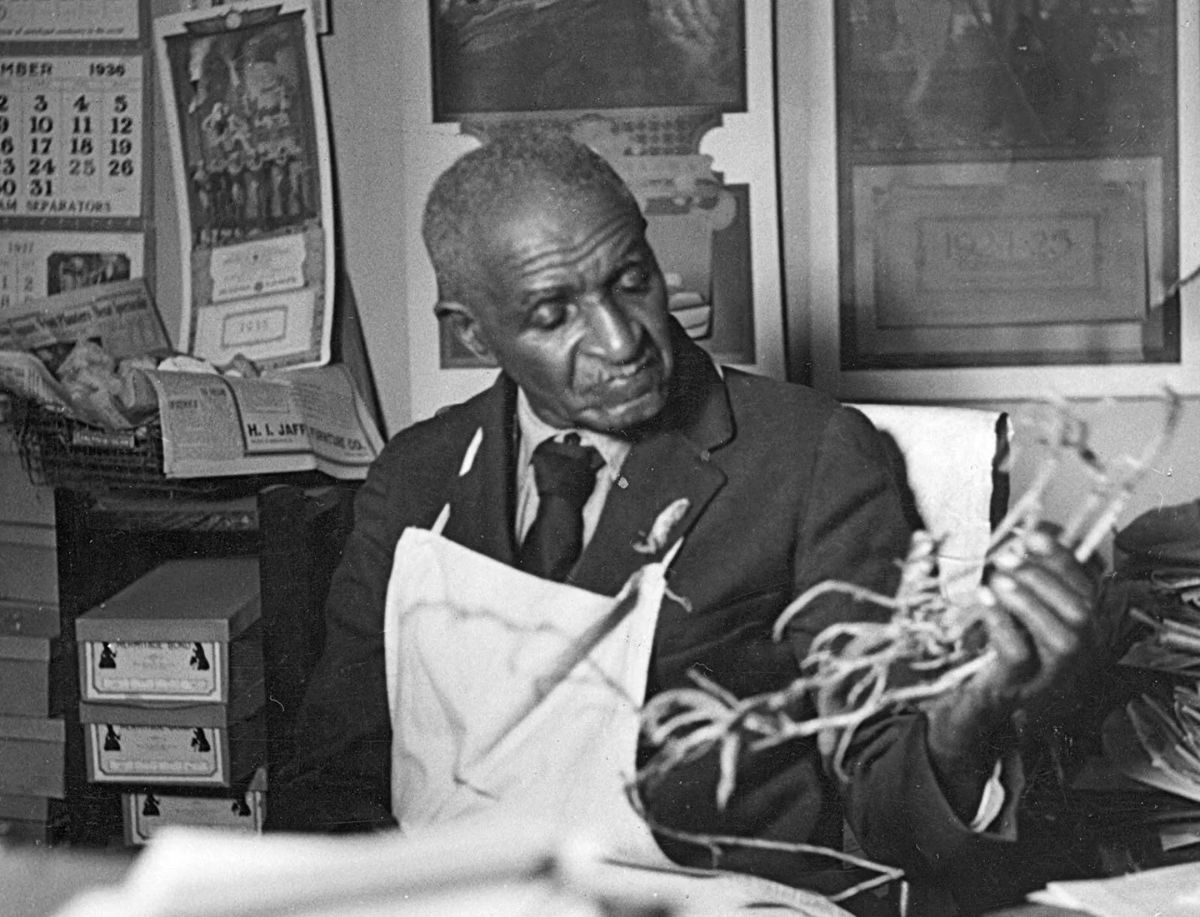

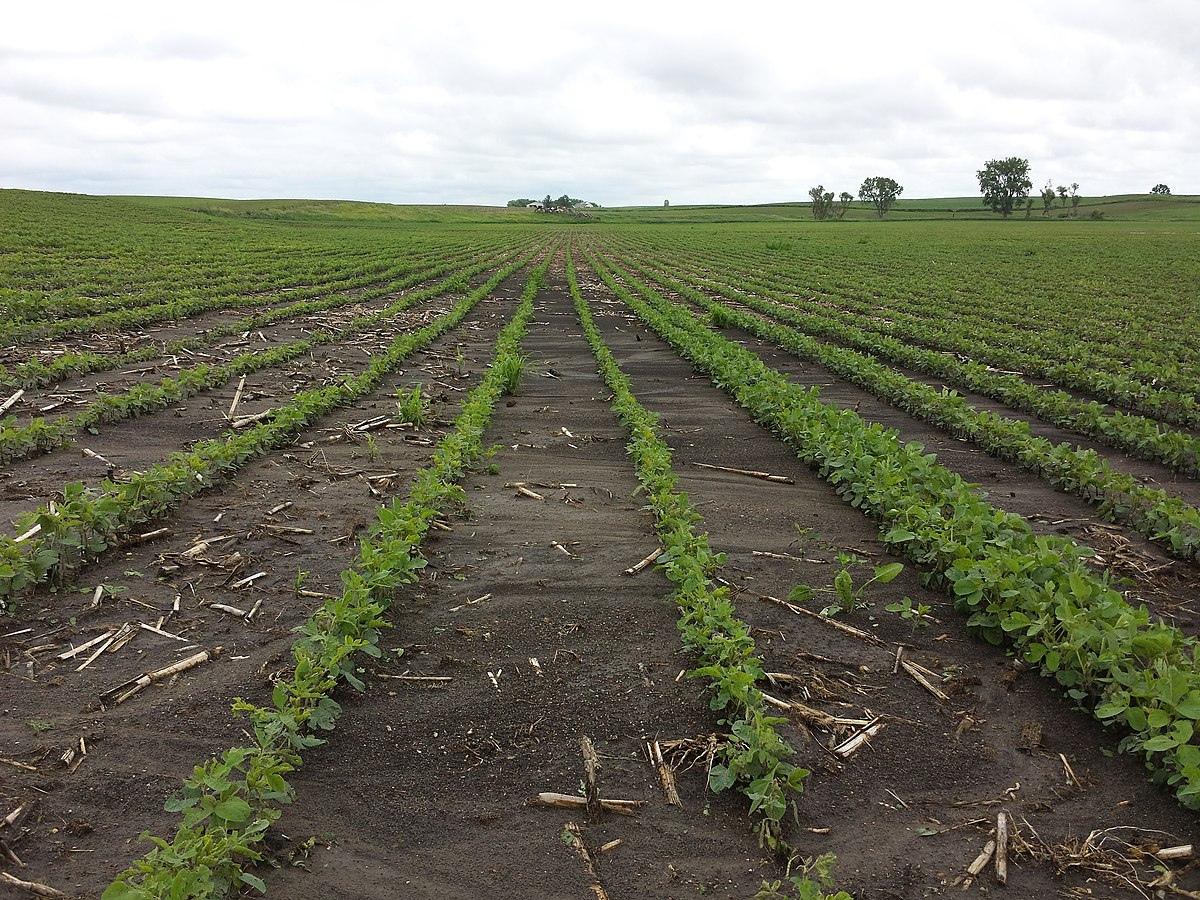
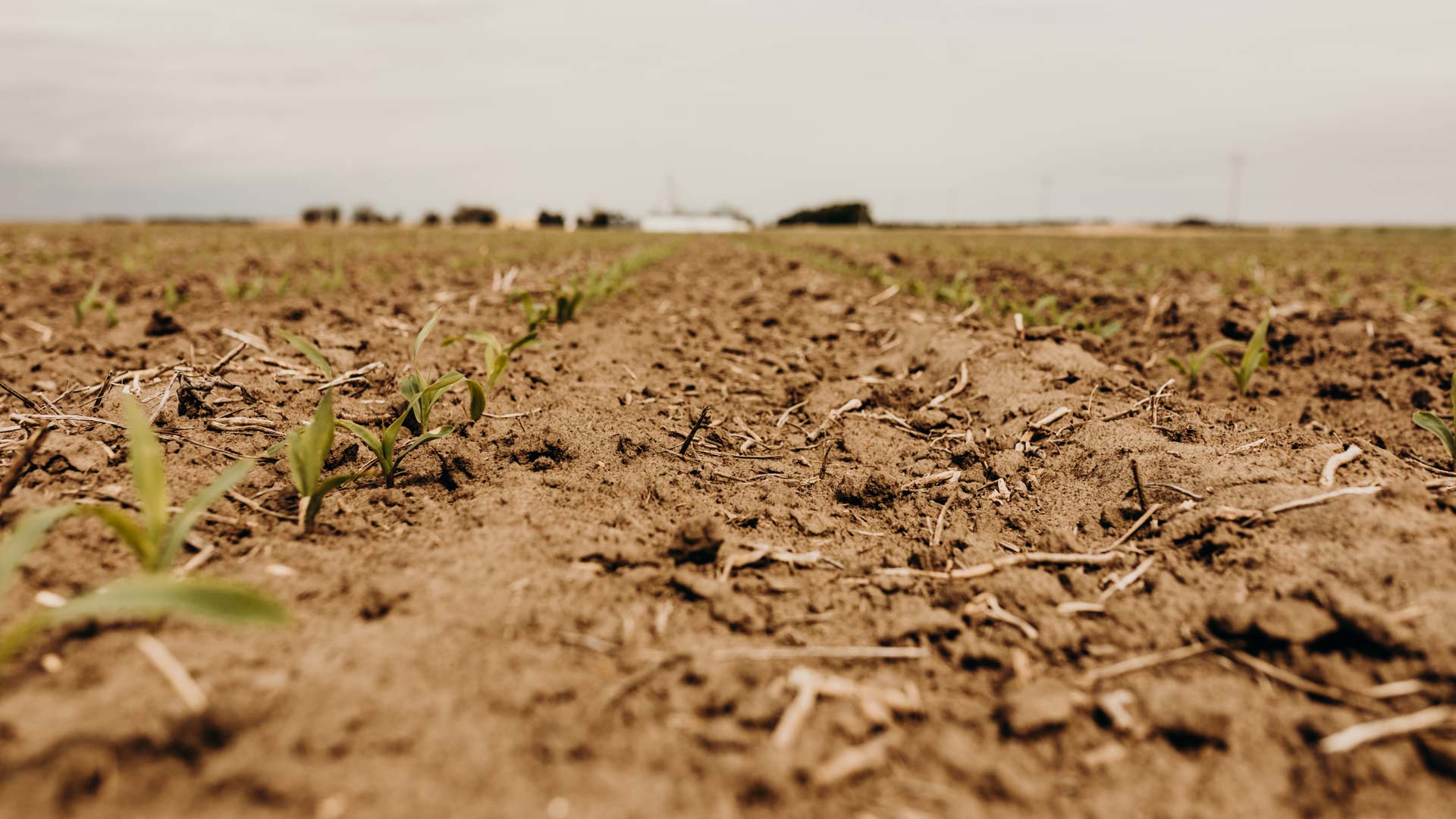
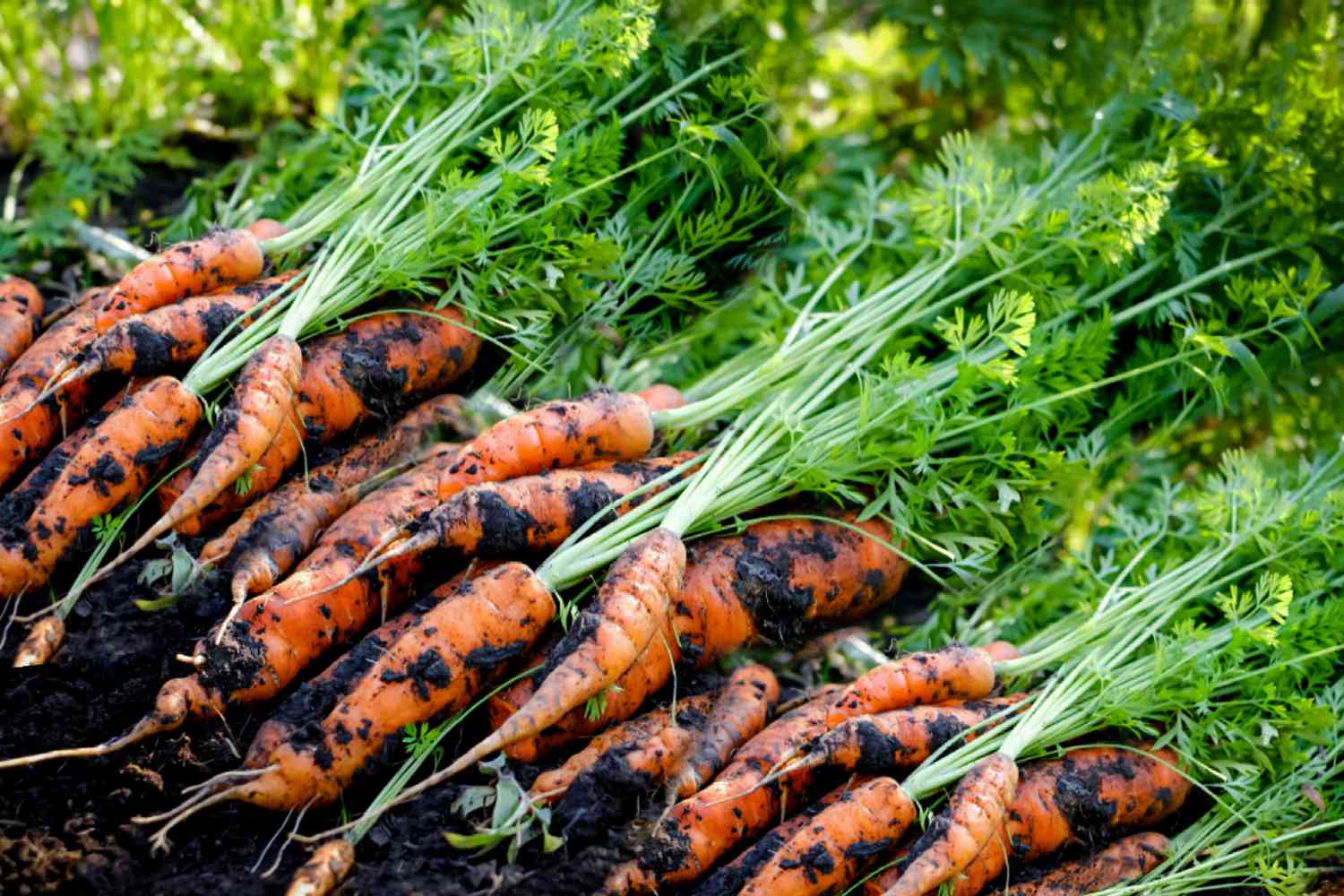
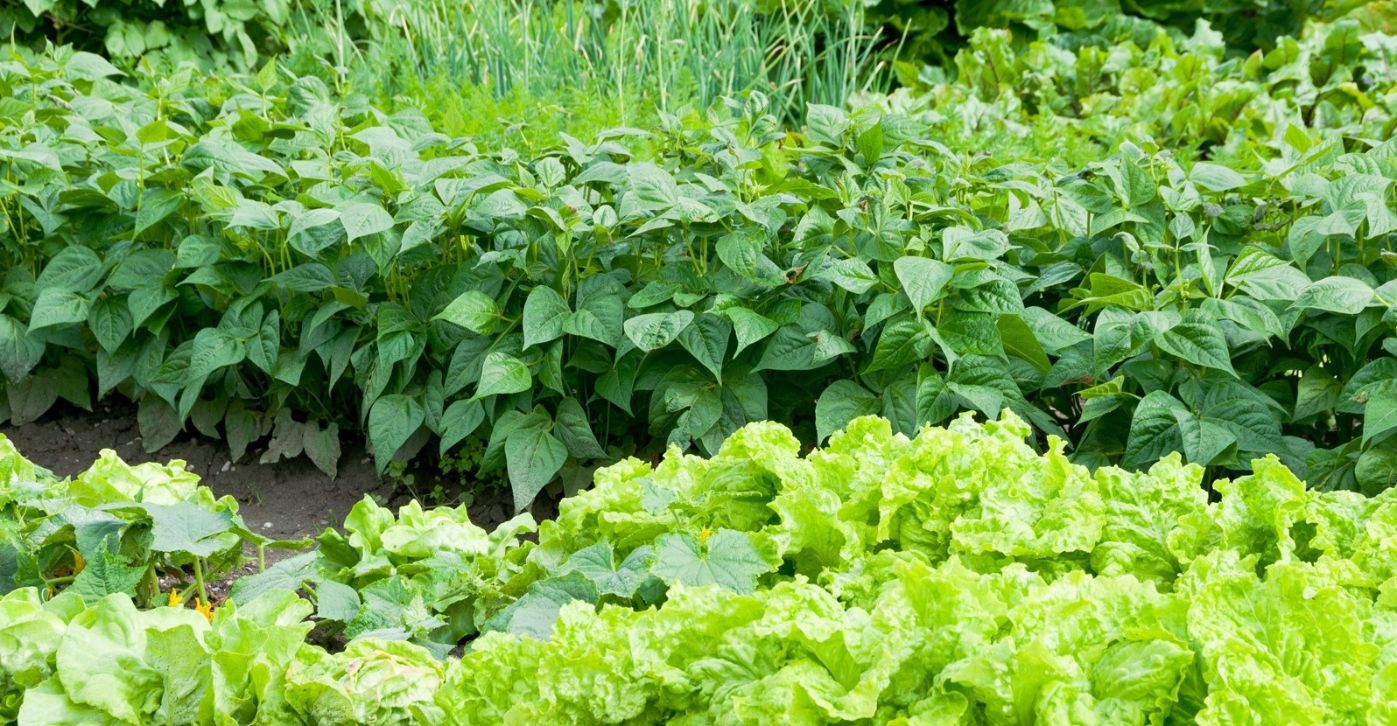
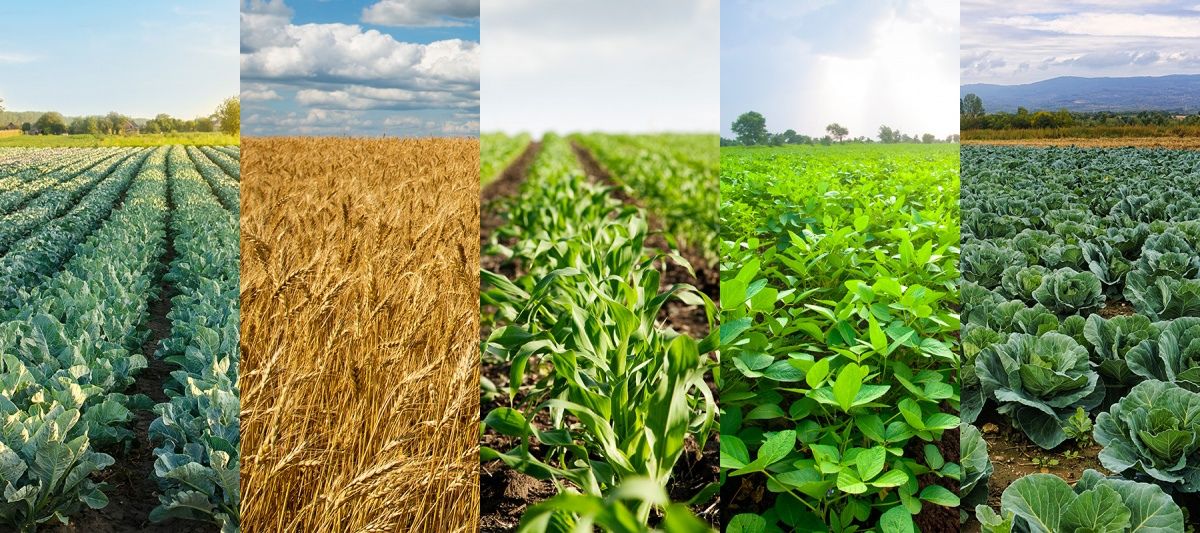
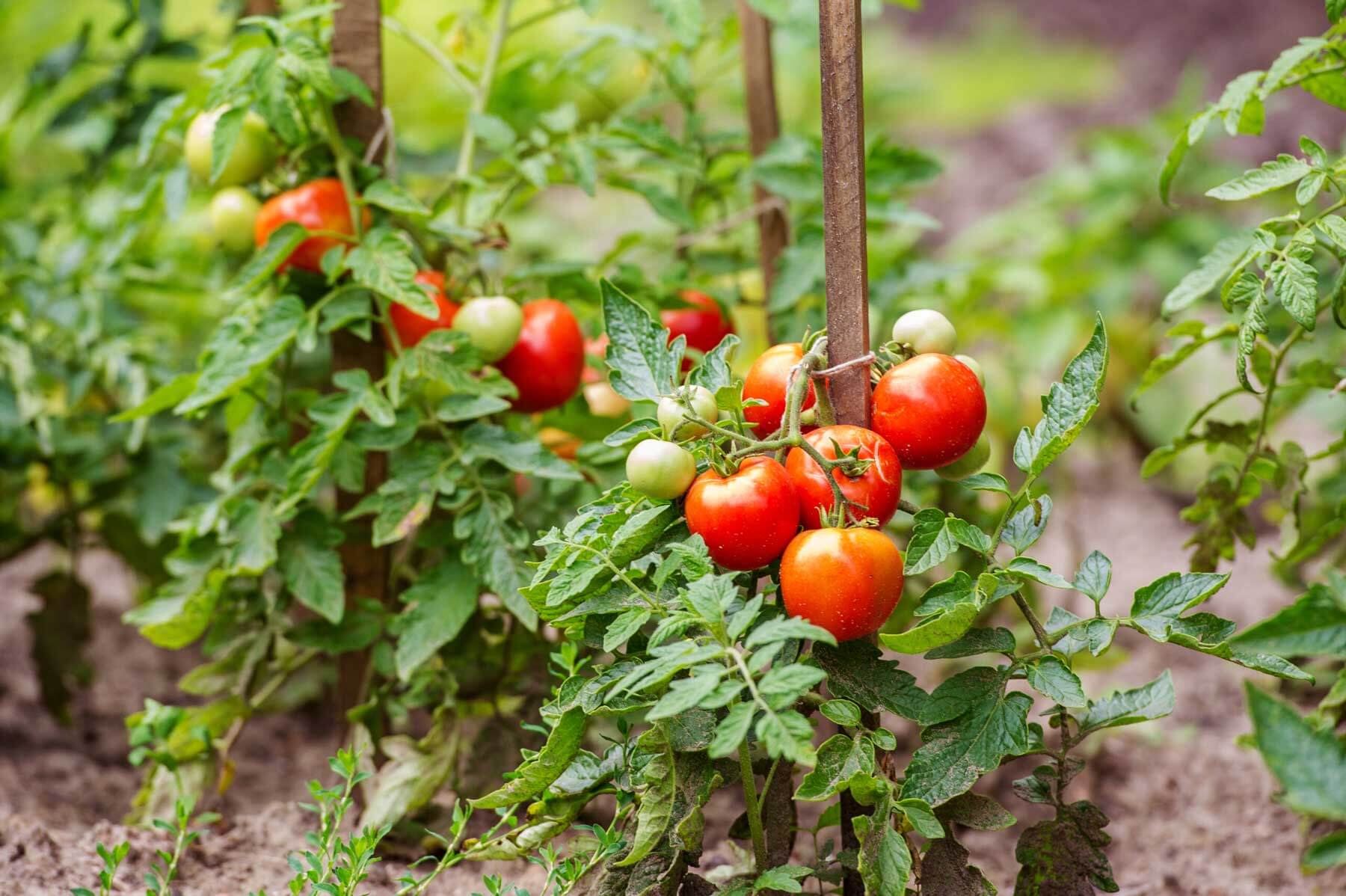
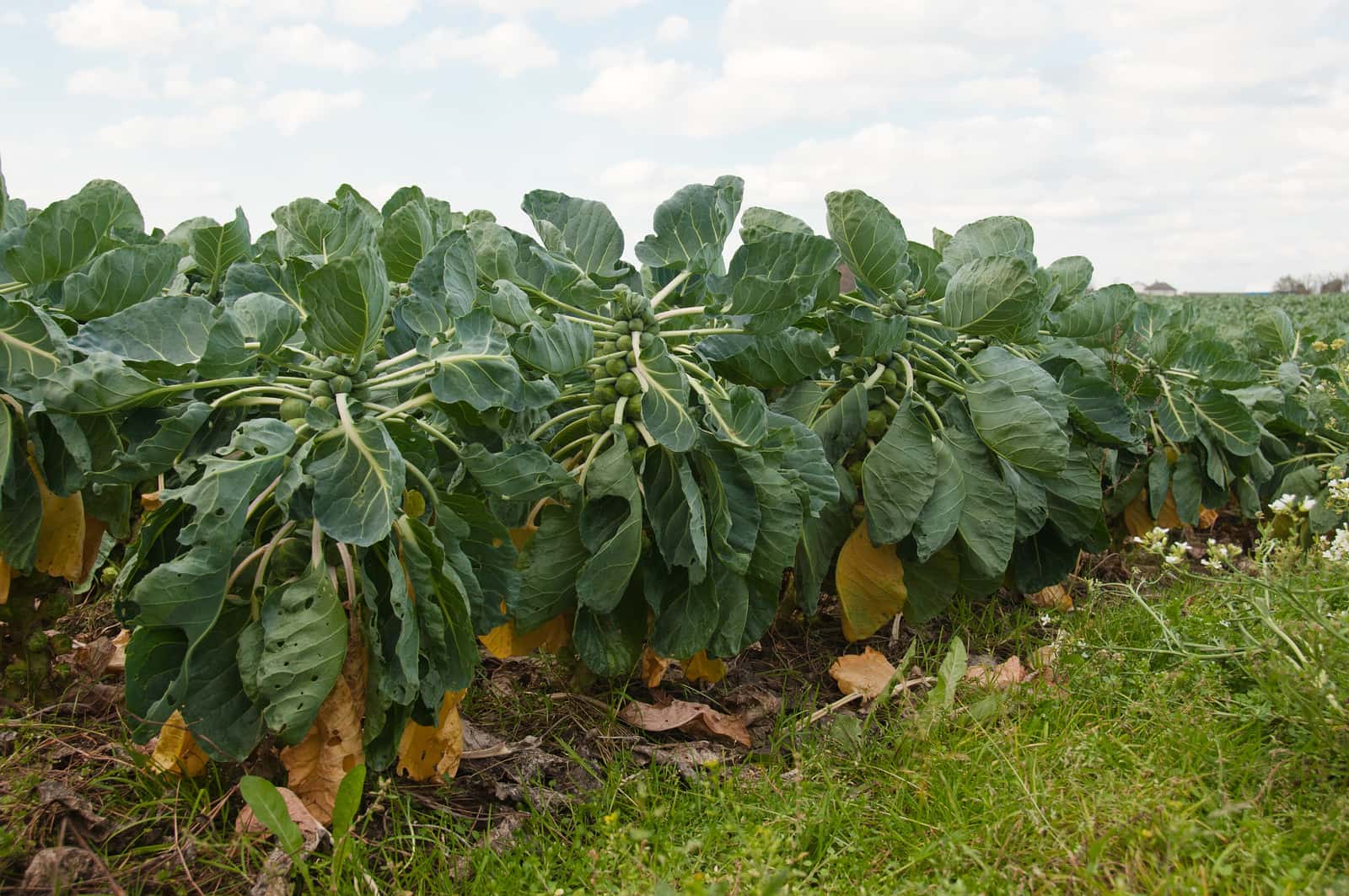
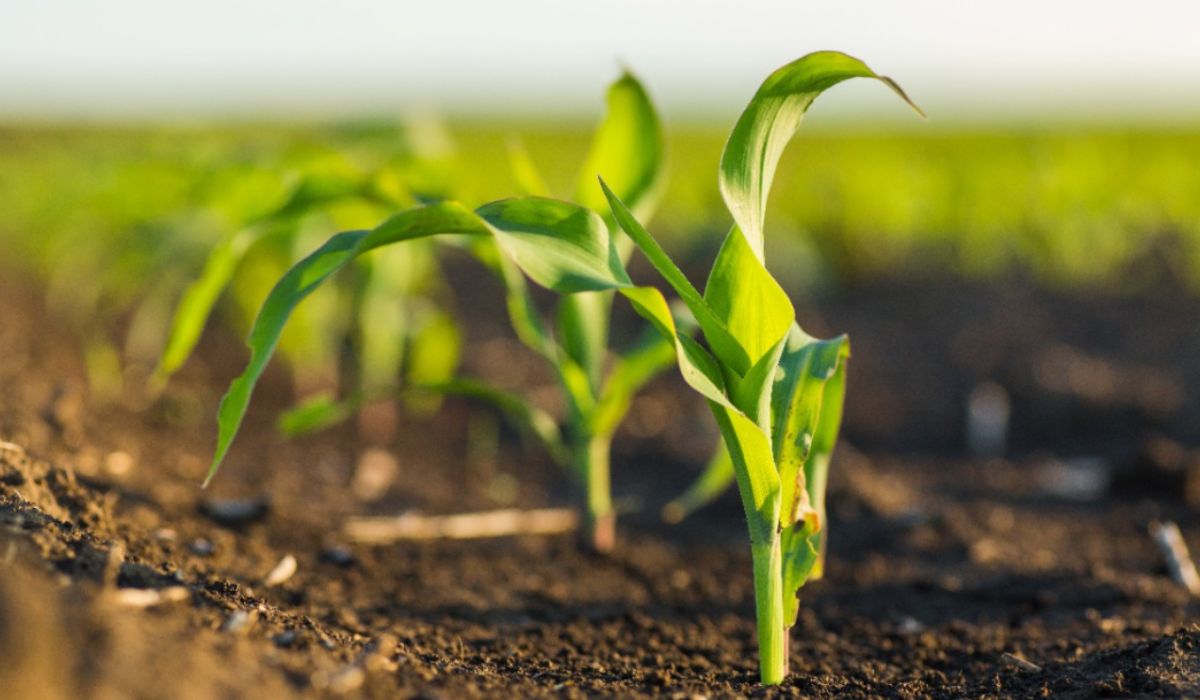
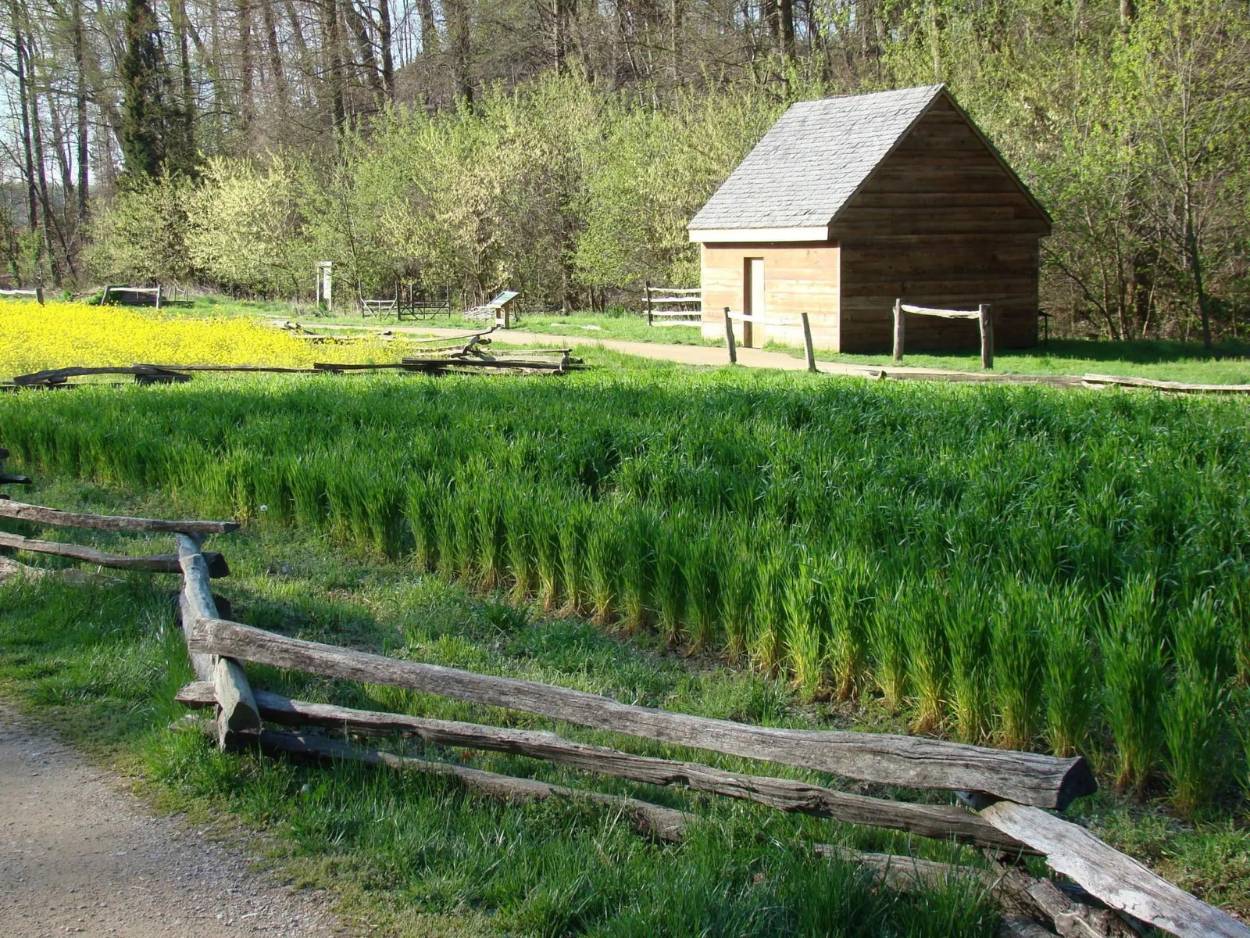
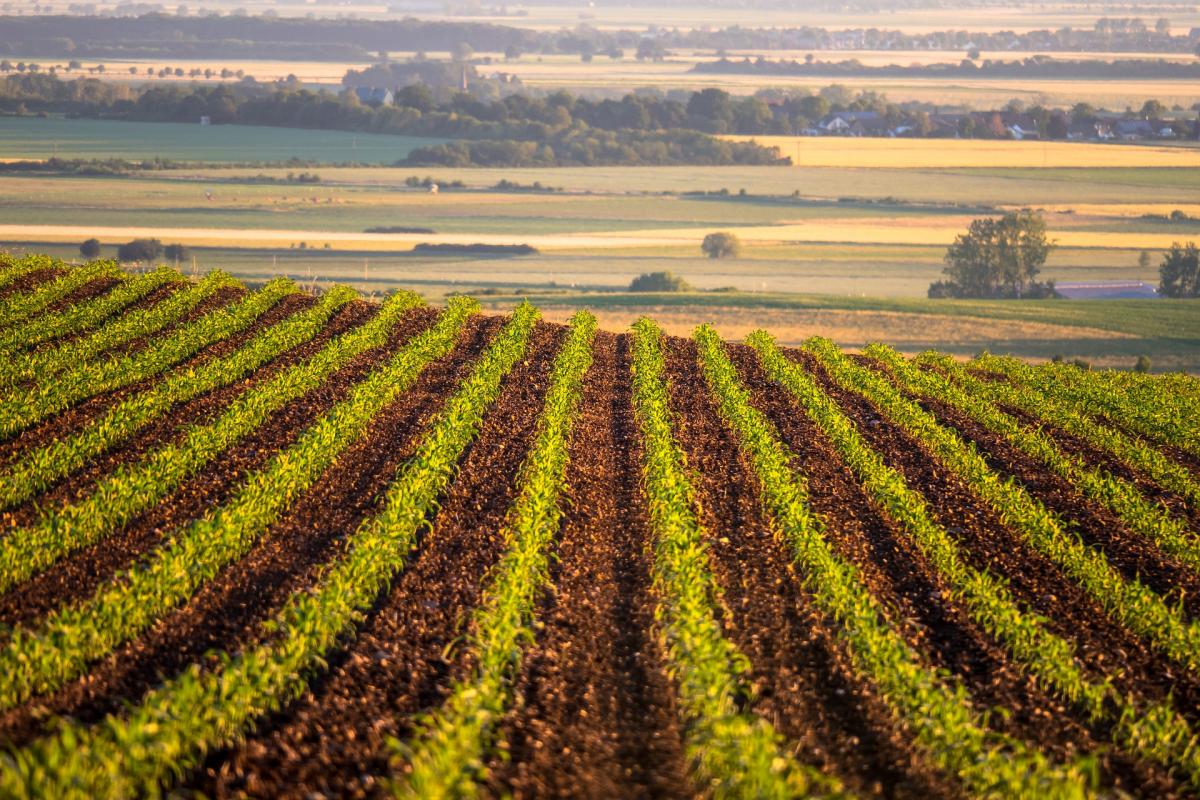
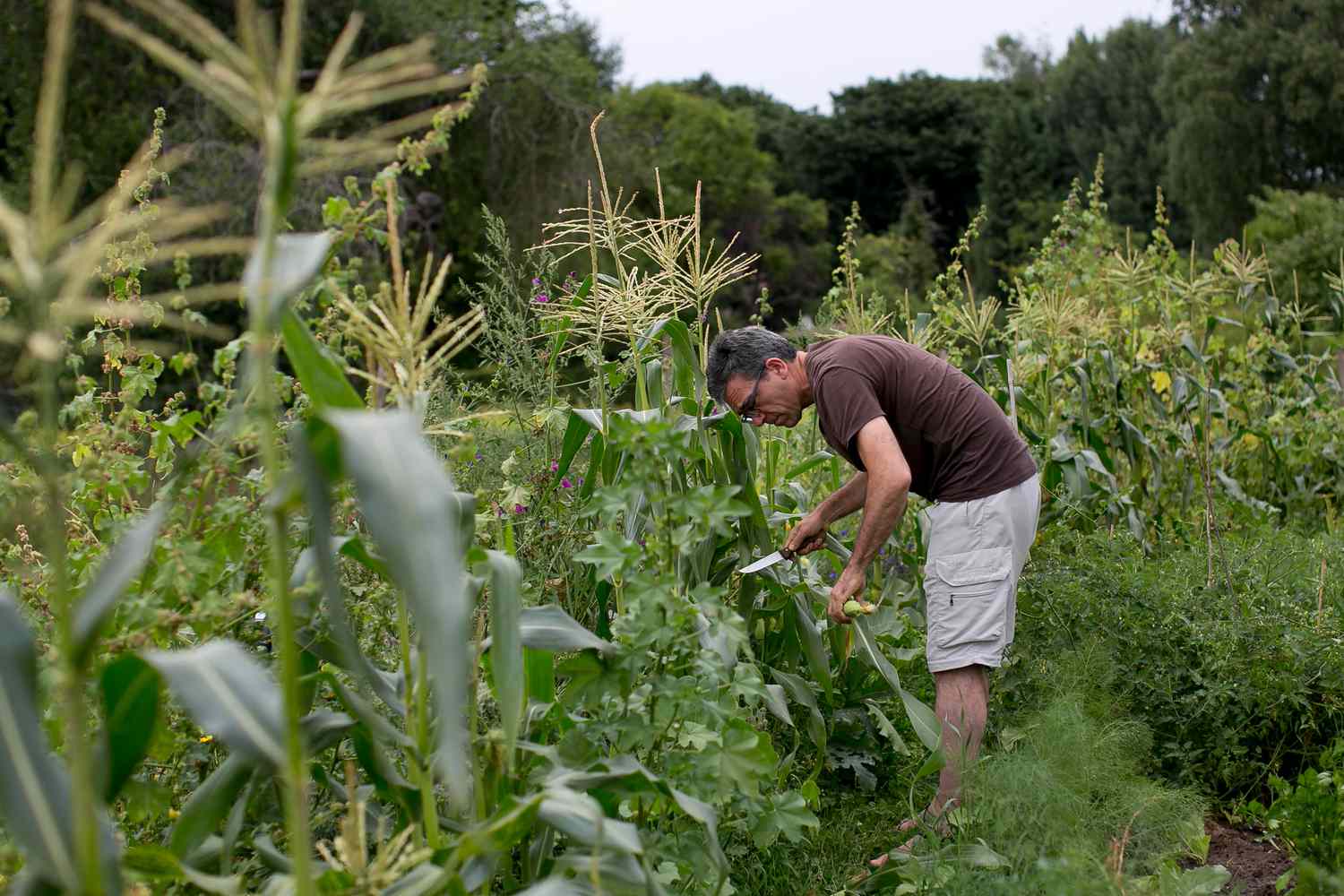

0 thoughts on “Who Introduced The Crop Rotation Method That Helped Soil Recover After Growing Food Crops?”